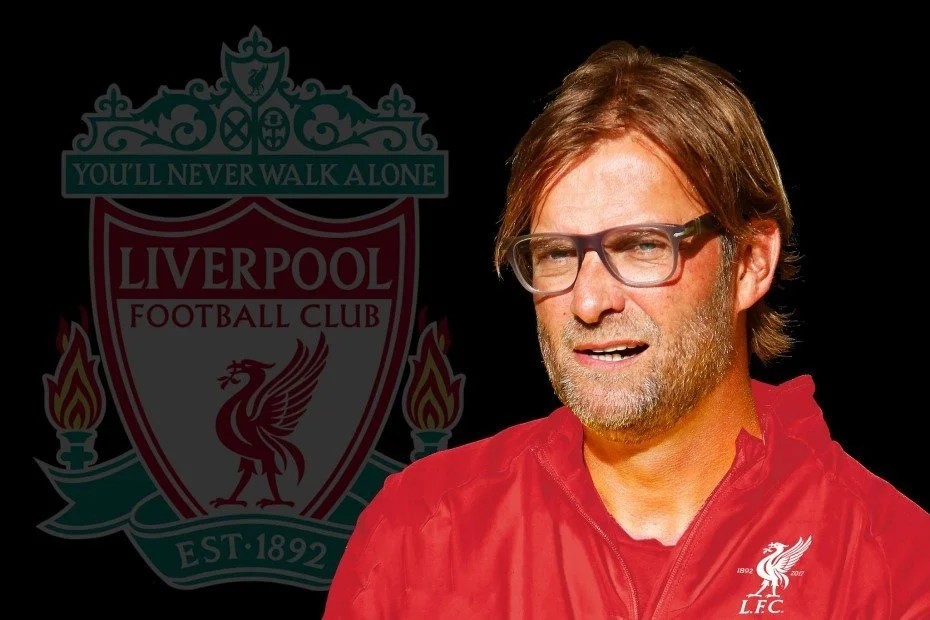New breed of boss: 3 Modern leaders doing things differently
For many years, leadership was taught as a top-down approach, where positions of power come from a place of authority and dominance. Traditional leaders would often attempt to drive results by creating a fear-based culture and focus on people’s faults with a hope to improve their performance. Leaders often lacked trust in their employees, meaning that they would deliver finalised solutions to their teams, cutting out any opportunities for collaboration.
Traditional leadership is not leadership at all, it’s management. To be an effective leader, we need to let go of the status and power associated with the position, and work with the team to unlock their potential.
–Gabrielle Harris, Interchange Founder and Managing Director
Although we talk about this leadership style in past tense, many organisations continue to operate this way. The mindset shared by many old school leaders is that “if it has been working for so many years, why would I change it?” Well, there are many reasons actually.
Business is evolving, and with it comes the demand for innovative solutions to economic challenges. The traditional leadership style does not satisfy the modern requirement as it doesn’t support creativity, productivity, engagement or growth within a business. The key to a thriving organisation is not a power hierarchy with one person ‘leading’ from above. The secret and essential ingredient is a positive and collaborative team environment, where individuals are valued for their ideas, personality and experience and are also empowered to act on their own accord.
Effective leadership is a shift away from the traditional mindset of command and control, to collaborate and create.
-Gabrielle Harris, Interchange Founder and Managing Director
Still not convinced? Here are three cases where leaders are shaking things up and paving the way to a successful organisation.
Jacinda Ardern
Prime Minister of New Zealand, Jacinda Ardern. Image by NATO North Atlantic Treaty Organization via Flickr.
Since elected as Prime Minister of New Zealand (and consequently the world’s youngest female head of state), Jacinda Arden has undoubtedly taken the world by storm. Not only does she demonstrate a healthy work-life balance, but she is also an example of how empathy, compassion and love make a great leader. After the horrific event that was the Christchurch Mosque shootings, Jacinda wasted no time in communicating with the people of New Zealand. Just hours after the attacks, Arden was in Christchurch, donning a headscarf in solidarity with the victims.
Jacinda Ardern mourning at a vigil 72 hours after the Christchurch shootings, wearing full hijab attire in solidarity. Image by appaloosa via Flickr.
Unlike many other leaders, Arden did not put up a steel façade, or speak with venom, hate or violence. Instead, she publicly displayed her vulnerability, spoke with raw emotion and grieved with her community. Ardern acknowledged those who showed extraordinary amounts of courage during the ordeal and urged the world to remember the names of the victims. She made it known that all funerals would be paid for, gun laws would be tightened even further, visas for families and friends would be prioritised, a community welfare centre had been opened, and mental health and social support would be provided. President Donald Trump approached Arden and asked what he could do to support her during this difficult time, and she simply requested sympathy and love for all Muslim communities.
“He (Trump) asked what he could do, and I think I simply conveyed the sentiment that exists here within New Zealand. My message was sympathy and love for all Muslim communities.
-Jacinda Ardern, New Zealand Prime Minister
Arden may be the leader of the country, but she does not lead from the top, she leads from within, as a member of the community that she is very much a part of. In the days following the attacks, Arden visited mosques and grieving families, again wearing a headscarf out of respect. She physically embraced members of the Islamic community, listened to them and grieved alongside them. This display of genuine compassion and empathy is what makes a good leader.
“My whole reason for getting into politics was because I had this strong duty to care for other people.”
Jurgen Klopp
Jurgen Klopp, Manager of Liverpool FC. Image by Terry Kearney via Flickr.
Jurgen Klopp, former professional football player turned manager (currently managing Liverpool), is making waves not only within the professional sports industry but also the leadership space. Klopp has been known as a master motivator. Since the beginning of his career as a manager, he has rejuvenated the career of several players and reignited their passion for the sport. He is often asked what his secrets are, which he finds amusing. Klopp has no secrets; his tactic is simple. Create an atmosphere which makes everyone feel confident, valued and happy. By doing so, players are in a positive mind frame and perform well.
“Jürgen creates a family. We always say 30 per cent tactics, 70 per cent team-building,”
– Pepijn Lijnders, Liverpool’s Assistant Manager
Klopp also demonstrates his excellent leadership skills in the way he frames high-pressure situations. In the 2016 quarterfinals, Liverpool was down 0-2 at half time. Instead of letting the pressure crush him, screaming at the team to do better, he urged them to view this half time score as an opportunity to create a moment that they could tell their grandchildren about, one that their fans would never forget. The team adopted this growth mindset and brought home the win 4-3. Klopp understood that the best performance happens when people are in a positive and calm mindset, and it worked.
Jürgen Klopp, Liverpool FC Manager. Photo by Tim Reckman via Flickr
Klopp’s empathy and compassion is also notable. In 2018, Liverpool lost the final of the Champions League 3-1 to Real Madrid. There were a few reasons as to why the team did not secure the win, two of which being the goal keeper’s terrible mistakes. These mistakes were rather shocking as they are rarely made, especially at that level. Despite the pressure from journalists and fans, Klopp never blamed the goalkeeper. Instead, he stated that it just wasn’t the goalkeeper’s night. He pointed out that the situation would be tough for the player, but the team would be there to support him through it.
Satya Nadella
Satya Nadella, Microsoft CEO giving a powerful speech. Image by Bhupinder Nayyar via Flickr.
As the predecessor of Bill Gates and Steve Ballmer as the CEO of Microsoft, Nadella was determined to take a starkly different approach to leadership. Once Nadella took over as CEO in 2014, he was swift to announce his intention to shift the leadership culture in a much more positive direction. His theory was that if the leadership culture changed, it would filter down to the rest of the organisation, creating a more positive and engaged environment. In his announcement, he placed great emphasis on empathy, individual empowerment, positivity and growth.
“There aren’t a lot of case studies about cultural shifts of the size and scale that Satya is creating.”
– Aaron Levie, CEO of Box
It is because of this that he is not only making a name for himself in the tech industry, but also in the way that he leads. Nadella believes that in order to lead an effective business and create products that will resonate with people, it is important to be empathetic and position yourself in another person’s shoes. Ask yourself “where is this person coming from?” and “what makes them tick?”
His ingrained sense of empathy stems from the birth of his son Zain, who has Cerebral Palsy. This experience catapulted Nadella from his reasonably carefree life and propelled him into thinking about ways in which he could help Zain. He consistently placed himself in the shoes of his son, allowing him to better understand the ways in which he could use his privilege to assist him. From then on, empathy had been a significant part of his personality and has helped him achieve incredible things and bring out the best in others.
Satya Nadella, Microsoft CEO. Photo by 禁书 网 via Flickr
Nadella transformed the regular Friday morning SLT (Senior Leadership Team) meetings from an intimidating, formal environment to a more relaxed opportunity for his team to collaborate and share ideas. Often sporting a t-shirt and casual demeanour, Nadella has well and truly disregarded the traditional power hierarchy that was put in place by his predecessors. He cultivates an environment that empowers the team to act on their own accord and be part of the solution. Nadella’s approach to leadership has proven to be hugely successful. Since taking over as CEO, Nadella has overseen and driven considerable results, including an increase of $250 billion in market value.
Whether it be politics, sport or business, the traditional leadership style is no longer the most effective way to drive results. By eliminating the power hierarchy, adopting an empathetic position and creating a collaborative community, we will be able to engage our teams further, create better solutions, increase productivity and enjoy a more positive workplace.
Across all the culture change projects that we’ve delivered in recent years, we’ve witnessed the rise in the demand for empathic leaders that empower people to reach their full potential. I’d argue that within the next 5 years, it will become a case of adopt this new style of leadership or be pushed out.
-Gabrielle Harris, Interchange Founder and Managing Director.








